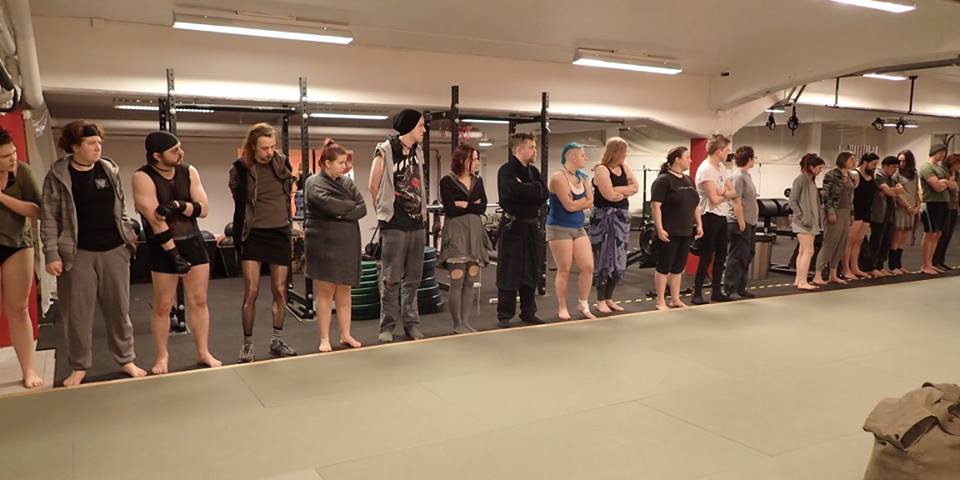Tag: Conscience
-

“Never Give Up, Never Surrender”
in
Factors that can help players to enter that space in their minds where everything becomes real.
-

Investigating Types of Bleed in Larp: Emotional, Procedural, and Memetic
in
Based on personal accounts, this article describes three categories of bleed states as experienced by larpers: emotional, procedural, and memetic.
